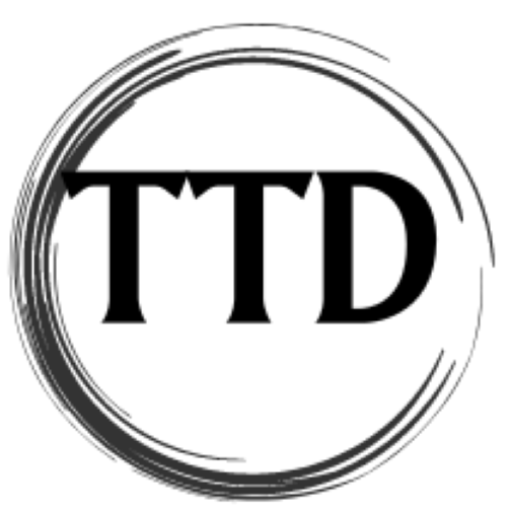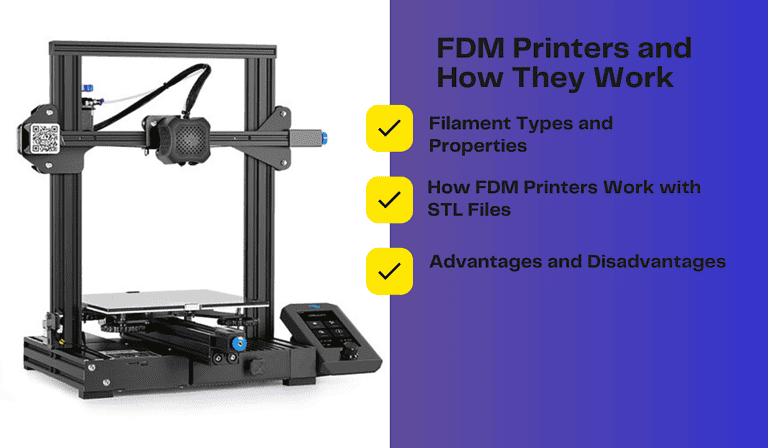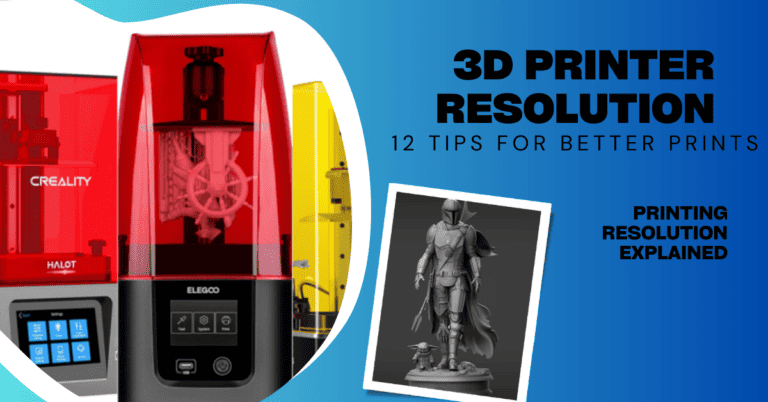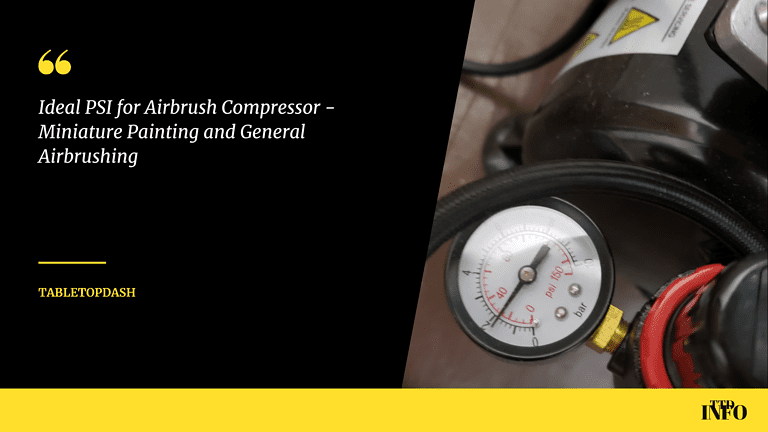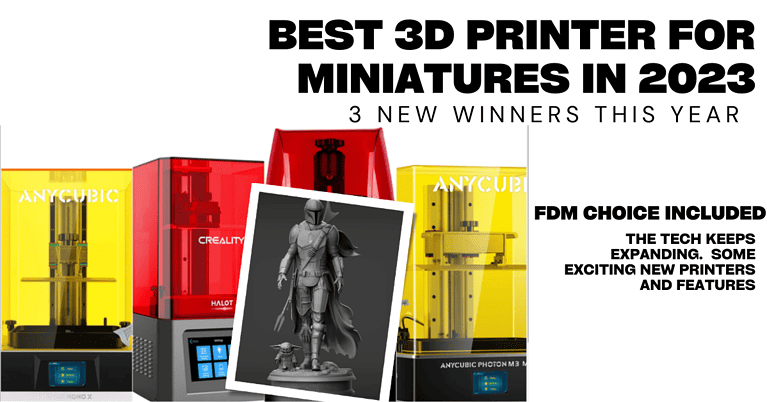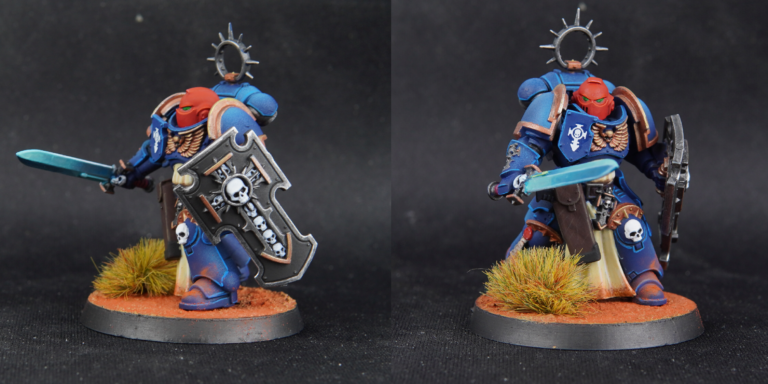About Miniature Painting: How The Hobby All Fits Together
Takeaways
- Miniature Painting is the hobby of painting small figures for fun, display, collecting, competing or playing a tabletop game.
- Miniatures are used in a lot of tabletop and board games like Dungeons and Dragons, Warhammer 40k, Star Wars Legion, Lord of the Rings and many more well known properties
- There are many ways to paint a miniature.
- Miniatures are made by gaming companies and can also be made at home with a 3D printer and STL files that you can pay for or download for free.
- Miniature painting is art. It can be a very simple process done by a beginner or a finely detailed, expertly painted display piece that wins awards in worldwide competitions.
I will Cover:
- What are miniatures and what are they used for
- Where can I get Miniatures
- What is involved in the miniature painting hobby
- The different levels of miniature painting
Summary: Miniature Painting is the hobby of assembling and painting miniatures. They can be bought at local game and comic stores or online. You can print them on 3D printers if you create, download or buy the 3D printer files. You’ll use clippers, hobby cutters, and adhesives to assemble the miniatures that need it (others come in one piece and no assembly required).
Painting the miniature is accomplished with tools like: Paint brushes, paints, airbrushes, thinning mediums, palettes, and more. You’ll do your painting on a hobby desk. You’ll likely use good lighting and magnification to see what you’re doing clearly.
What are Miniatures and What are they Used for
At a very basic level Miniatures are simply small scale models. It can be anything from historical WWII soldiers, to a Lord of the Rings character and anything in between. Miniatures include buildings, characters, animals and anything you can imagine.
They are made from different materials: Plastics, Resin, Pewter and more.
The earliest record of using soldiers in a war game dates back to the late 1800’s. In the early 1900’s HG Wells published the book Little Wars which had his rules for what is considered the first wargame with miniatures.
Not all miniatures are used for wargaming however. I personally don’t use my miniatures to play anything. For me it’s the pure enjoyment of the hobby and displaying the finished products. Artistic expression is important to me. The fulfillment of assembling and painting a miniature to the quality I can achieve. There is a lot of satisfaction for me personally in seeing a finished miniature that I brought to life by painting it.
What Is Involved in the Miniature Painting Hobby
A high level overview of the hobby
Miniature painting comes down to the following:
- Buy or print a miniature
- Assemble, clean and prep the miniature if necessary
- Prime and paint the miniature
- Base the miniature if desired
- Seal the miniature with varnish to protect it if desired
Buying miniatures – Where to get them
Miniatures can be found in a lot of retail spaces. Your local gaming store almost certainly has some. Amazon has them, and specialized sites like MiniatureMarket in the US or Element Games and Noble Knight in the UK has a huge selection.
If you’re looking to make your miniatures at home you can get yourself a 3D Printer and go to sites like MyMiniFactory for files. Another source is Patreon where creators have tons of amazing miniatures for you to download and print.
Popular Brands that make Miniatures
Games Workshop – GW is the largest miniature maker in the world. They have multiple IPs including Warhammer 40k, Age of Sigmar, Kill Team, Blood Bowl and more. They also have rights to create various Lord of the Rings characters.
Reaper: A long standing miniature maker that has a lot of fantasy and sci fi options. Great for D&D.
WizKids: D&D and Critical Role specialized miniatures among others. They are owned by NCEA. Nolzurs Marvelous Miniatures also falls under WizKids.
Atomic Mass Games and Fantasy Flight Games: Both are owned by Asmodee USA. Atomic Mass makes Marvel Crisis Protocol and Star Wars Legion minis. FFG makes Star Wars Legion among other miniatures.
CMON: Makes products for IPs like He Man, Game of Thrones, Zombicide, Thundercats, and more.
Sources of 3D printed Miniatures and Files
Etsy: There are many different miniatures on Etsy you can have printed and shipped to you. They also have files you can buy and use on your own 3D printer. Search for terms like “minis, stl files, dnd miniatures” and more.
3D Printers: To be able to make your own miniatures you’ll need a 3D printer. With a printer, some resin and an STL file you can print as many copies as you want. You can also resize them if you’d like something a bit larger or smaller.
Patreon: There are quite a few miniature makers on this platform. Titanforge comes immediately to mind. You can subscribe or buy files for miniatures here.
Kickstarter: Lots of fun miniature projects to back here.
Assembly methods and gear
There are plenty of single piece miniatures that have nothing to put together. However, quite a few do require at least some assembly. Even if it’s just gluing it to a base. So let’s quickly cover some stuff you’ll use when assembling:
Sanding sticks – These will be useful for stray bits of plastic or resin
Pinning – Pinning is the method of using a small hobby drill to make a hole in 2 pieces, then using a small pin or bit of metal (pieces of paper clips are commonly used) that is glued in place to provide real stability.
Hobby knives – Simple hobby knife is great for cutting, scraping, and more.
Glues and adhesives – Extremely common to use simple white glue or crazy glue, and I love Tamiya Extra Thin Cement.
Painting gear
Palette – Anything from a wet palette to a paper plate. Just something to hold your paints and dip your brushes into.
Brushes – Fine art brushes to synthetics, there are many types of paint brush you can use.
Dry Brushes – A specialized brush with a very round fluffy head. You can use miniature painting dry brushes or make up brushes.
Airbrushes – Very commonly used tool in Miniature Painting. You can prime, base coat, varnish, highlight and more with an airbrush.
Paints – Acrylic, oils, enamels. Plenty of options.
Primers – There are miniature specific primers, and you can use more generic brands as well.
Helpful gear
Lighting – A very important and under rated advantage to painting is making sure you have good lighting. You can see clearly and the colors are correctly represented with clean white light.
Magnification – Hobby magnifiers are very commonly used. There are goggles and magnifiers on lamp necks. Makes seeing what you’re doing so much easier.
Paint racks – Makes it easy to keep your paints organized and at arms reach. They come in various shapes and sizes. Even modular sets with drawers.
Desk – A dedicated space to do your hobby painting and assembly. This can be any flat surface really, but a hobby desk will have places for all the tools and paints you use regularly.
Chair – Someplace you can sit comfortably while you work. This is a personal preference. Sometimes I’ll lean back while I paint, other times my elbows are propped on my desk.
What are the different levels of miniature painting
Miniature painting can run the gamut of very basic to high art. I personally still look fondly at the first miniatures I painted. They are very rough, few colors, not a lot of skill was involved and yet highly satisfying.
On the other end of the spectrum are competition pieces I have seen done. It’s incredible to see what skilled people can accomplish. I encourage you to check out the competitions and various instagram posts to see what can be done.
I would classify the levels of painting in the following way:
Table ready – A simple paint job with the basic colors. Nothing fancy here, just getting it on the table and ready to go.
Speed painting – Speed painting is more about getting multiple models done quickly. Maybe it’s a bunch of zombies or rats. There are various methods to make the process quicker. Batch painting, assembly line painting, airbrushes, contrast paints, and more.
High Quality – This is the step above a Table Ready or Speed painting. You’re taking the time to do all the little things. Pin washing maybe, or edge highlights. A bit of weathering. Some extra work on the base. All these extra steps take time, but the results are very noticeable.
Display painting – Display pieces by my standards are the best you can do in a reasonable time. Reasonable is typically in the 10’s of hours. You’re just going as far as you can to get these pieces to look great.
Competition Pieces – I have no frame of reference personally for competitions, but the winners typically will say they spend well over 100 hours on pieces. Wow.
